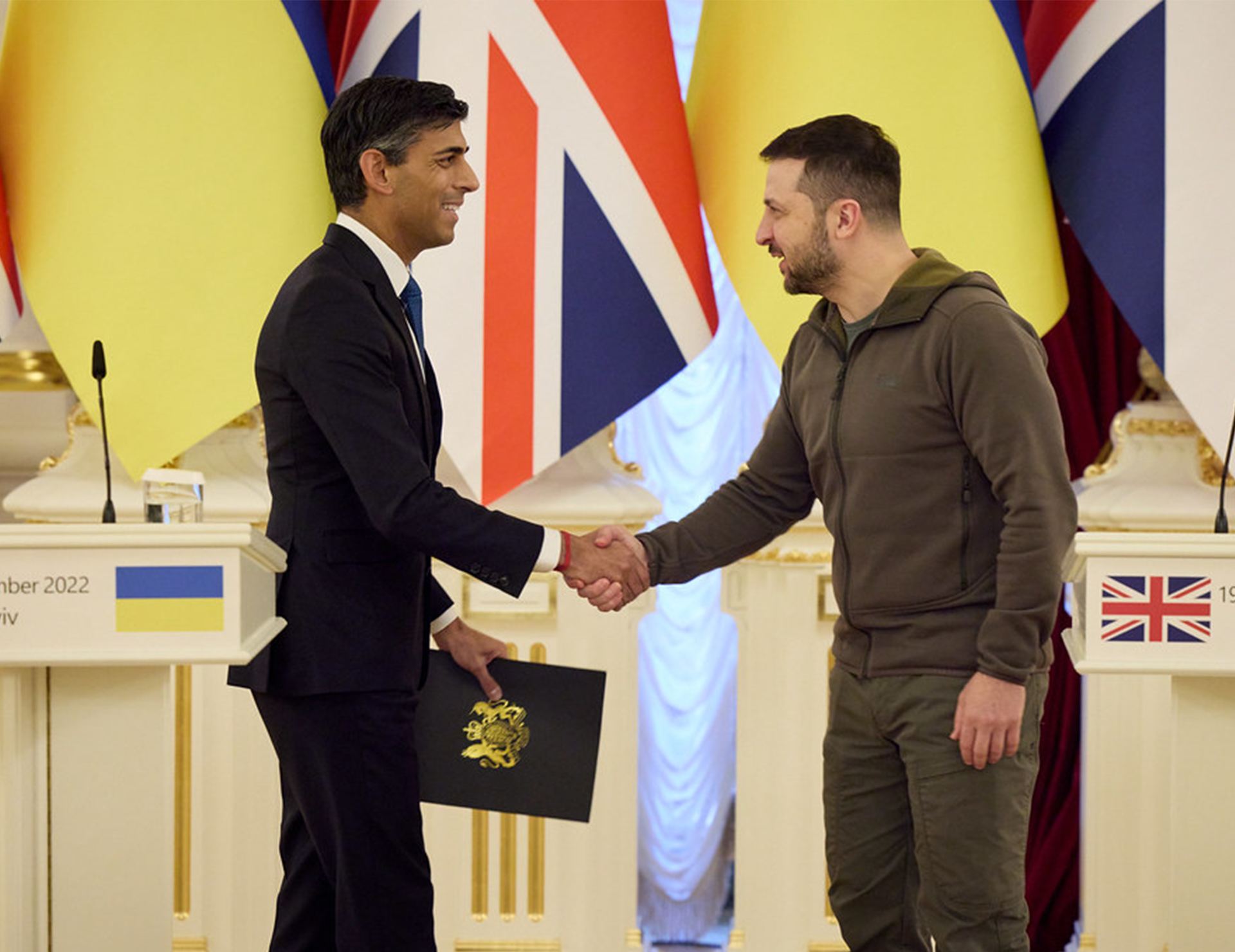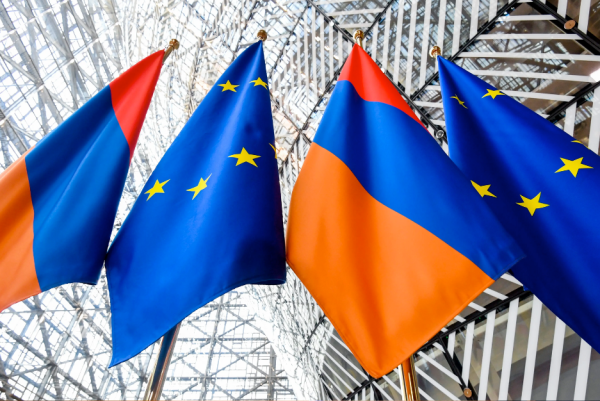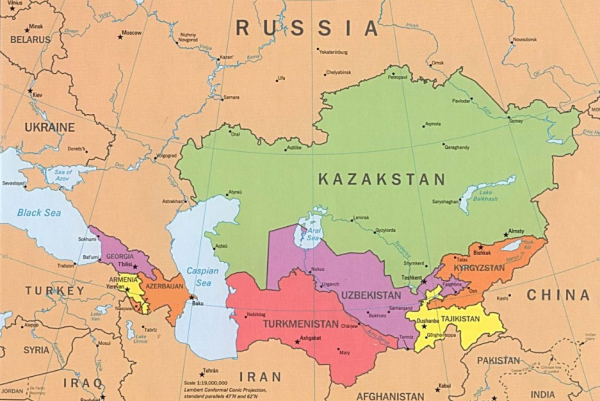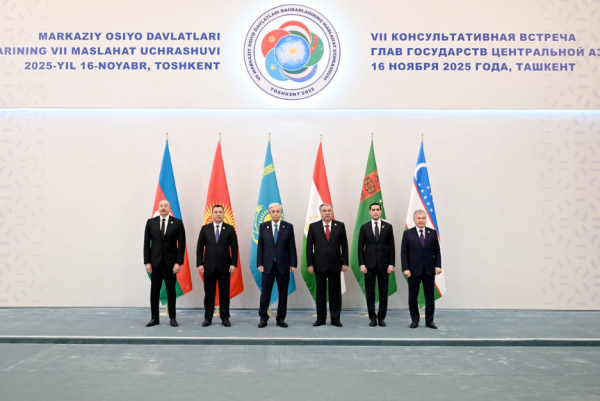Kyiv-London security pact: how to interpret it

On 12 January, United Kingdom and Ukraine signed a security accord during the visit of British Prime Minister Sunak to Kyiv. According to the agreement, London pledged to ratchet up its annual military aid to Ukraine by GBP 200 million, up to GBP 2.5 bn in 2024. The funding would cover long-range missiles, air defense, artillery ammunition and maritime security, yet emphasizing that it should boost Ukraine’s defense capabilities “across the land, air and sea, space and cyber domains”. However, the British aid would extend far beyond arms support. London will support Ukraine in enhancing its deterrence to external aggressors by developing modern Armed Forces that are increasingly interoperable with NATO and contribute to the NATO force pool. This specifically includes the development of a modern defense sector, the issue that has been raised by policy-makers and experts both in Ukraine and beyond as a critical precondition for ensuring its long-term security and sustainability. Other strategic dimensions of British security assistance include:
- • “mitigating existing supply chain bottlenecks impending the development of capacity and capability of both the UK and Ukraine for manufacturing of priority weapons and ammunition”;
- • “encouraging British defense industry to work with Ukraine to support localising repair and maintenance and x manufacturing of UK defense products in Ukraine”;
- • “contributing to the development of Ukraine's critical infrastructure protection capabilities”, particularly important in the light of frequent Russian attacks on the civilian infrastructure aimed at making daily life in the country as hard as possible and exacerbate the costs for its economy already surviving on life support of the Western assistance.
At the same time, the “pact” between Kyiv and London contained a number of political statements as well. It reiterates the UK’s commitment to the protection and the restoration of Ukraine’s territorial integrity within its internationally recognised borders, including the territorial sea and free economic (maritime) zone, or shortly in other words, the so-called Ukraine Peace Formula. It contains pledges for the prevention and active deterrence of, and counter-measures against, any military escalation and/or a new aggression by Russia. Finally, the text reaffirms that the Russian Federation must pay for the long-term reconstruction of Ukraine and Russian sovereign assets in the UK’s jurisdiction will remain immobilised until the Russian Federation has paid for the damage caused, thus endorsing the maximalist vision of Kyiv’s goals in this conflict. Its crucial strategic aspect lies in the stipulation that the agreement’s provisions are to cover the period until Ukraine’s accession to the NATO membership- another major irritant for the Kremlin.
The significance of the agreement has this far received mixed comments. President Zelensky called it “very serious and modern,” hailing its signing as a day that “entered the history” of Ukraine. But many lawmakers, diplomats, and experts have criticized the agreement as toothless. They say its “security commitments” do not provide Ukraine with any hard security guarantees and thus hardly elevate Kyiv to the status of British ally. Still, the point of view of former Ukrainian MFA P. Klimkin, calling the pact “the most comprehensive security agreement Ukraine has ever had with a Western country” is probably the most accurate one, as it indeed aims at being a forerunner, the first among many. It is reported that Kyiv’s another staunch supporter, Canada, has already sent Kyiv a draft and expects that the deal might be concluded in several weeks; some other Western countries may follow suit.
This agreement came amid the peak level of skepticism regarding Ukrainian prospects in its protracted, exhausting war with Russia. In the late 2023, voices predicting an inevitable ceasefire and Ukraine’s concession to Russian territorial gains, abounded, especially as many senior politicians in the key Western countries, including a likely nominee for the upcoming US presidential elections, Donald Trump, actively question the plausibility of Western military support. A plan by US President Joe Biden’s administration to send $60bn in new funding to Kyiv is being held up in Congress. Europe’s pledge in March to provide 1 million artillery shells within 12 months has also fallen short with only about 300,000 delivered by the end of last year. On the other hand, a number of senior officials have been making alarmist predictions about the probability of Russia’s further westward aggression, with no one else but French President Macron claiming that France is switching to wartime economy. Indeed, the calls for expanding European arms production and defense spending with the strategic goal of becoming capable of protecting themselves, are now ubiquitous.
Against this background, the decision of London, who had already been the most ardent champion of Kyiv’s cause, to commit to increasing and broadening assistance to Ukraine, can be interpreted as its willingness to prevent this scenario which may be seen around the world as a strategic defeat of the Western coalition. Although shortly before his meeting with Mr. Sunak President Zelensky had visited the three Baltic states which also expressed their active support for continuing the support of Ukraine and promised more missiles, drones, howitzers and artillery shells. However, their combined capacities are obviously limited, and a substantial part of strategic military reserves has been depleted after almost two years of the war, so it was vitally necessary to ensure a similar commitment from a major Western country. Given Britain’s own economic problems, its determination may purport to send the message that Ukrainian cause is an existential issue rather than a policy question for the West- and that other key partners should be ready to leave comfort zones too and live up to their ambitious defense pledges. Indeed, the intensity of fighting has visibly increased in January 2024, with the severity of infrastructural bombing by Russia growing and a number of daring attacks committed by Ukraine, including the shelling of major Russian oil and gas terminals in Ust’-Luga and Tuapse and allegedly the downing of a Russian cargo warplane Il-76, which according to Moscow was carrying Ukrainian prisoners of war for an agreed-upon exchange. It may be expected that by intensifying the conflict, Kyiv and its supporters hope to nullify the ceasefire agenda and thus delegitimize the proponents of pacifying Moscow in the West.







